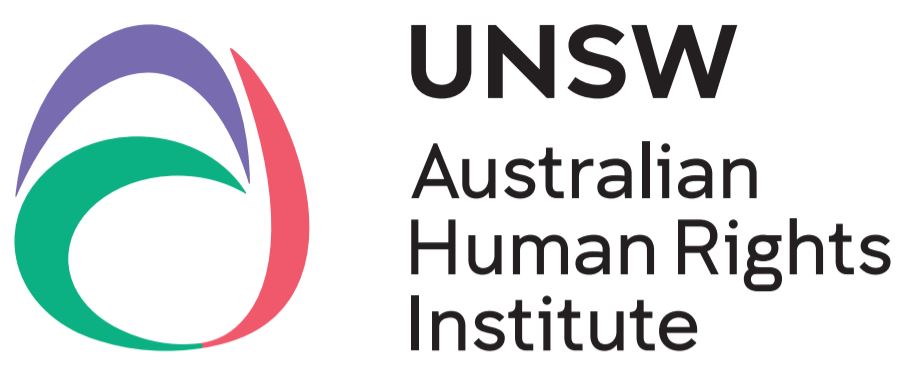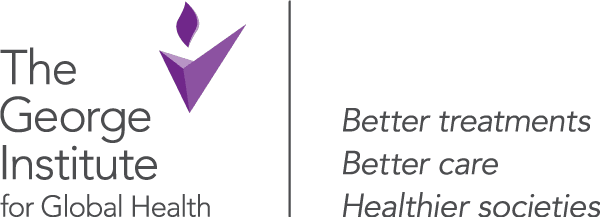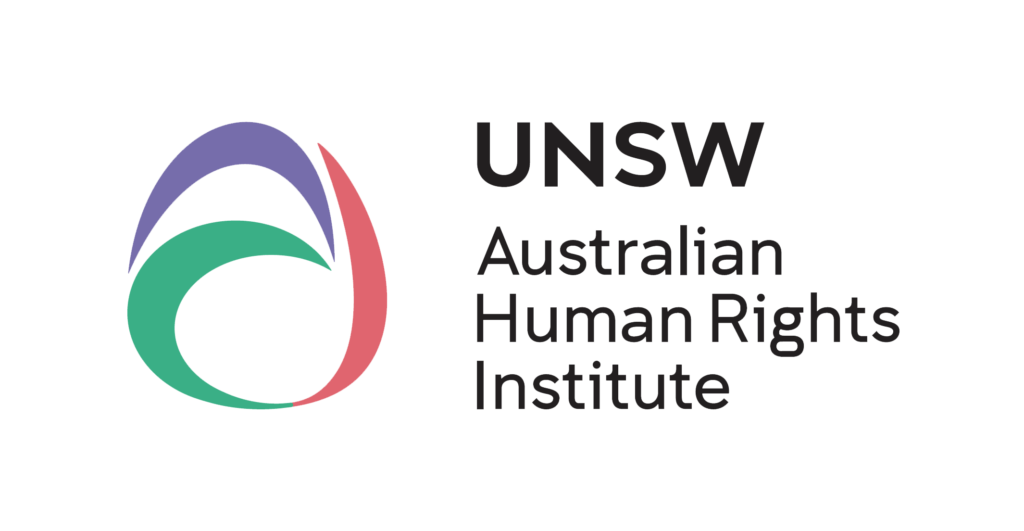The Centre for Sex and Gender Equity in Health and Medicine has been established to ensure that sex and gender are routinely considered in health and medical research, policy, and practice, with a view to improving health outcomes and reducing health inequities for all Australians.
We examine not just how to incorporate sex and gender in research, but how sex and gender is understood, how it’s perceived, used and expanded on.
About Us
The ‘Sex and Gender Policies in Health and Medical Research’ project focuses on the understanding, promotion and development of policies for sex and gender sensitive research across the health and medical research ecosystem within Australia. We examine what policies exist, the barriers and facilitators to developing and implementing such policies, provide examples of existing policies and show how to incorporate sex and gender policies across the spectrum of health and medicine.
This three-year philanthropically-funded research project is led by the Australian Human Rights Institute at UNSW Sydney and The George Institute for Global Health, and builds on and expands previous and ongoing research in both Australia and globally.

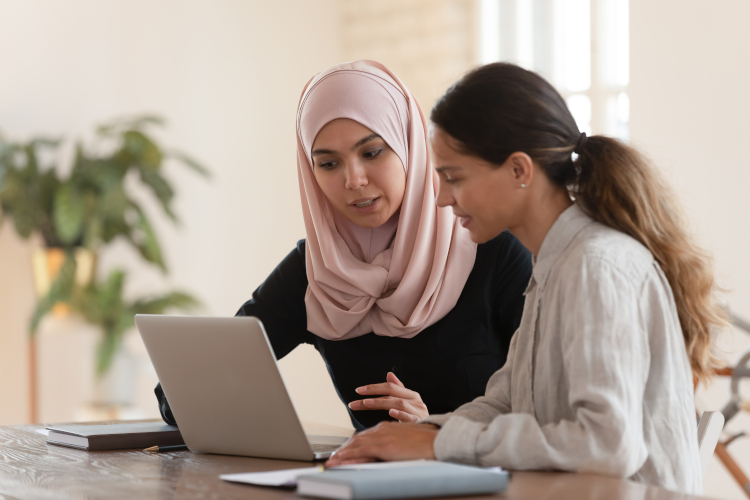
What is the problem we aim to address?
There is a long-standing assumption that medicine, and the research underpinning medical interventions, is sex and gender neutral. However the important roles that sex and gender play in disease incidence, risk, detection, treatment and recovery are being uncovered for many major diseases, as well as their significance for health promotion and wellness. Despite this, many research studies do not take sex and gender into account, leading to substantial evidence gaps.
The lack of recognition of sex and gender in health and medical research has consequences for clinical care and public health.
For example
Heart disease is a leading cause of illness and death for Australian women, yet it continues to be primarily known as a “man’s disease”. Substantial disease burden in women, diagnosis of heart disease and models of clinical care draw heavily on previous research conducted only with men. As a result, women’s symptoms are often mis- and under-diagnosed
Conversely, osteoporosis is viewed as primarily a postmenopausal women’s disease, yet men account for nearly a third of osteoporosis-related hip fractures. Data show that men are rarely evaluated or treated for osteoporosis, and tend to have a higher mortality rate than women from complications of this condition.
A range of new imperatives are also emerging to ensure that the processes through which sex and gender information is collected in research can recognise and account for trans people, binary and non-binary, including Sistergirls and Brotherboys, as well as people with intersex variations.
Why are policies part of the solution?
Globally policies are being put into place to better incorporate sex and gender into all health and medical research. For example the European Commission now requires grant applicants to incorporate sex and gender analysis into the design of research studies. However, research undertaken by The George Institute for Global Health and partners has demonstrated that Australia is lagging behind in terms of policies and practices for incorporating sex and gender in the design, collection and analysis of health and medical research. Accounting for sex and gender in research makes for better science, improves safety and quality of care, reduces healthcare costs and unnecessary or ineffective tests and treatments, and leads to better health outcomes.
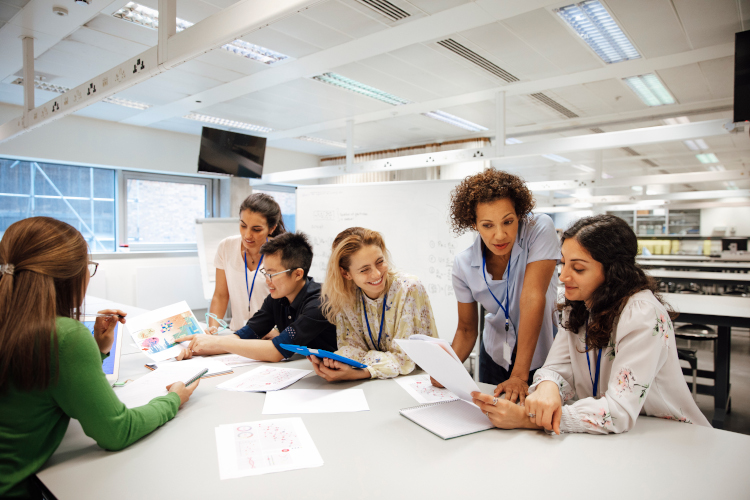
About this project
This exciting partnership between the Australian Human Rights Institute, The George Institute for Global Health, and a broad range of collaborators is a three year, three phase program of work. It has parallels with initiatives that have been and are currently being undertaken in a number of countries, and builds on previous research we have undertaken that focused specifically on identifying the sex and gender policies of Australian health and medical journals and health and medical research funders.
This larger, more ambitious program of research aims to take a comprehensive look at the entire health and medical research pipeline in Australia. It also involves a larger number of collaborators, to ensure that we frame this research in a broader context, so that concepts and issues surrounding sex and gender are considered through an intersectional and human rights lens. While our expertise is in understanding the roles of sex and gender in health and medicine, we recognise that other factors such as age, ethnicity and socio-economic status interact with sex and gender to influence health and medical outcomes.
Throughout this work we commit to challenging existing research methodologies and recognise that health and medical research has a key role to play in challenging or recreating assumptions around sex, gender and identity.
Phase 1
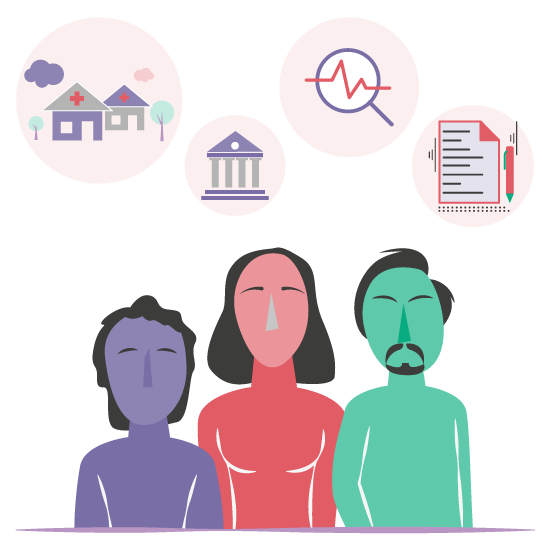
Mapping current practice
We will assess current existence, content and implementation of policies for the collection, analysis and reporting of sex and gender across the health and medical research ecosystem
Phase 2
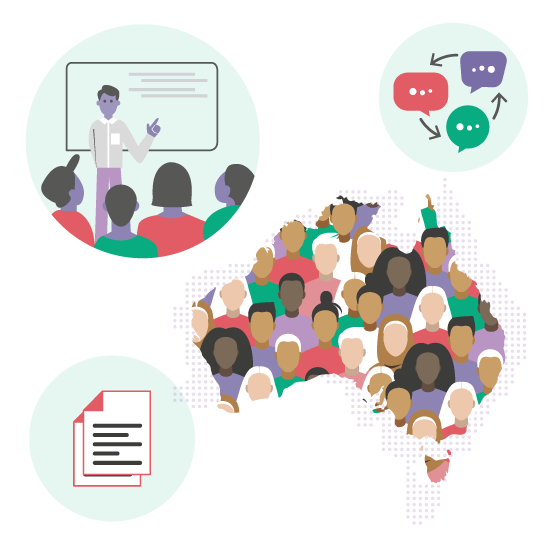
Building local capacity
We will develop frameworks and materials tailored for the Australian context to improve understanding and application of sex and gender in research practice
Phase 3
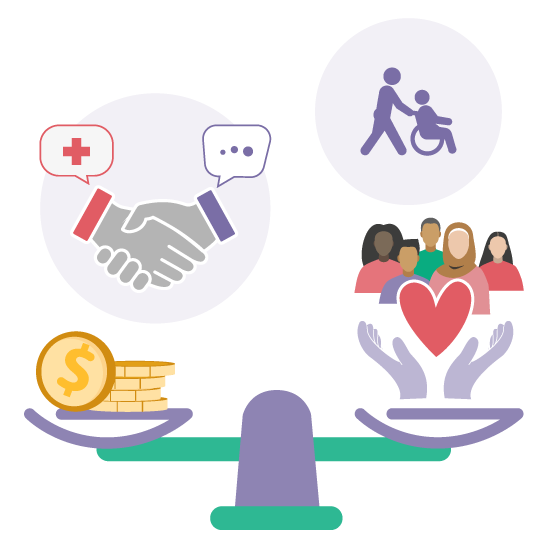
Cost benefit evidence
We will determine the cost benefit of incorporating sex and gender considerations into health and medical research design and conduct and translation to clinical care.

Impact
Despite increasing published evidence of sex and gender differences and disparities related to health, widespread recognition of the need to integrate sex and gender analysis into Australian medical research policy and practice is lacking in comparison to some other countries.
This research and the development of policies promoting sex and gender sensitive research will help ensure that Australian health research and science continues to be world leading, prioritise human rights, will provide better healthcare outcomes for all Australians, and will demonstrate a reduction in the economic health burden on Australia’s economy.
About this website
This website will share our project updates and impact, as well as a collection of external resources, training materials and video content about the incorporation of sex and gender in health and medical research.
Concepts, definitions and understandings around sex and gender and their incorporation into research are ever evolving. Some resources made available on this platform contain elements of conflicting methods and frameworks. This is guided by various understandings and approaches across groups, contexts and disciplines, for example, how sex or gender is defined by one group may not be the same as how it is defined by another.
Users are encouraged to read through all materials to enable informed decision making based on their understanding and approach.



